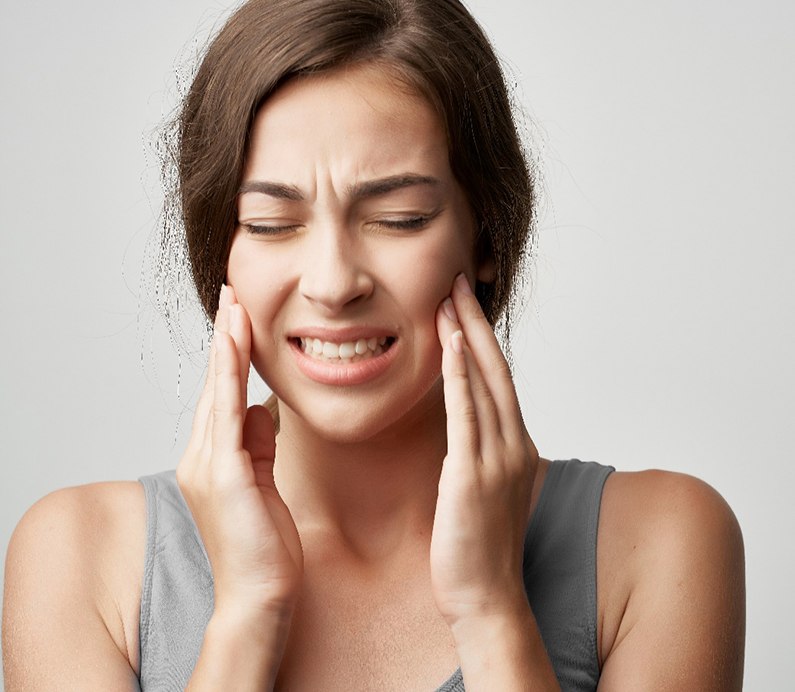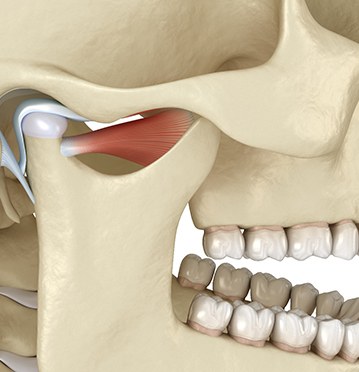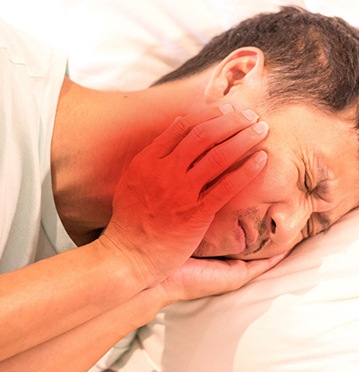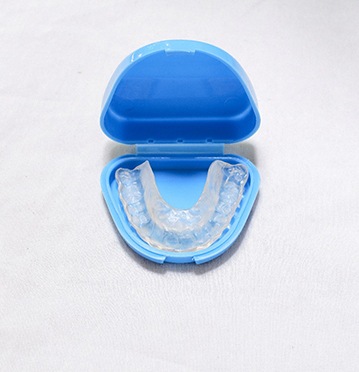What is TMJ/TMD? – Albuquerque, NM
What is Causing Your Pain?

The term TMJ is short for “temporomandibular joint”, which is the name for the joint that attaches your mandible (the lower jaw) to the rest of your skull. When it functions properly, it lets the jaw move smoothly when you need to talk or chew. If there’s a problem with the TMJ, it’s known as a temporomandibular joint dysfunction, or TMD. As much as 30% of the United States population suffers from this condition, and being able to properly identify it is crucial for stopping the pain it can cause. You can call today to set up a consultation with Dr. Jariwala to learn the answer to the question, "What is TMJ/TMD," from our Albuquerque, NM dentists as well as how we might be able to treat it.
Why Choose Center for Dental Sleep Medicine and TMJ of New Mexico for TMJ/TMD Treatment?
- Treatments That Address the Underlying Cause of TMD
- Advanced Technology for Diagnosing Disorders
- Dental Office That Accepts Medical and Dental Insurance
What Causes TMD?

There are so many different reasons why TMD might occur that it’s not unusual for the ultimate cause to be unclear. Generally speaking, though, it can often be linked to:
- Bruxism, or long-term habitual grinding and clenching of the teeth
- Issues with the alignment of the bite that prevent the teeth from lining up properly
- Physical trauma involving the jaw that results in an injured TMJ
- Osteoarthritis, rheumatoid arthritis, and similar conditions
What are Common TMD Symptoms?

The most obvious symptom of TMD is the pain that it causes. Such pain often occurs in the jaw, but it can also radiate to the rest of the face; it might also manifest as an ache located in and around the ears. You’ll notice that the discomfort doesn’t go away over time, and in fact it might grow even more severe the longer it goes untreated. Furthermore, TMD often impairs your ability to chew your food properly, and it can even cause your jaw joints to constantly lock, making difficult to open and close your mouth at all. While not all of these symptoms will occur for each and every case of TMD, they can serve as very strong signs that something is wrong.
What Can You Do If You Have TMD?

First of all, you need to have your TMD properly diagnosed. During an examination, we can check the state of your TMJ as well as the alignment of your teeth and jaw. Once we’ve gathered all of the necessary information, we can come up with a treatment plan for you. Our main strategy is to give you a customized mouthguard to realign your bite. This will help prevent the TMJ from experiencing excessive amounts of strain. It can also work as protection against bruxism so that the condition doesn’t grow even worse.
In addition to seeking professional treatment, you can also work to relieve your TMD at home by:
- Avoiding hard or crunchy foods whenever possible
- Practicing jaw exercises to stretch the jaw muscles
- Limiting actions such as yelling and yawning that involve excessive jaw movements
- Apply heat or ice packs to the jaw
